Smith Performance Center Blog
Your Trusted Physical Therapy and Strength Training Blog for Injury Rehab and Pain Management
Welcome to the physical therapy blog from Smith Performance Center—your source for expert guidance on injury recovery, pain management, strength training, and sustainable health habits. Whether you’re managing chronic pain, recovering from surgery, or building long-term fitness, our team shares actionable strategies backed by clinical experience and real-world success. Stay up to date with new posts on rehab phases, movement progression, exercise programming, and the science behind making healthcare work for you.

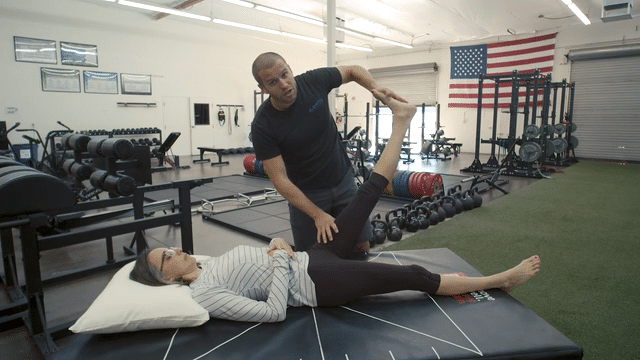
The 7 Tissues to Consider When Progressing Activity After Physical Therapy
The Rehab Standard is an SPC concept that defines when a client has a higher exercise capacity than tissue capacity. When your tissue capacity is lower than the exercise capacity, the focus of the workout is not how hard you worked out. It is not how much you sweat or how good of a muscle burn you got. The focus is on the healing tissue and that is was not overloaded, irritated, or provoked. A violation of the rehab standard can present as pain after the workout or the next day, even if there was no pain during the workout. The key is to focus on tissue capacity in the exercise selection, intensity, volume and the type of tissue injured. We want to look at
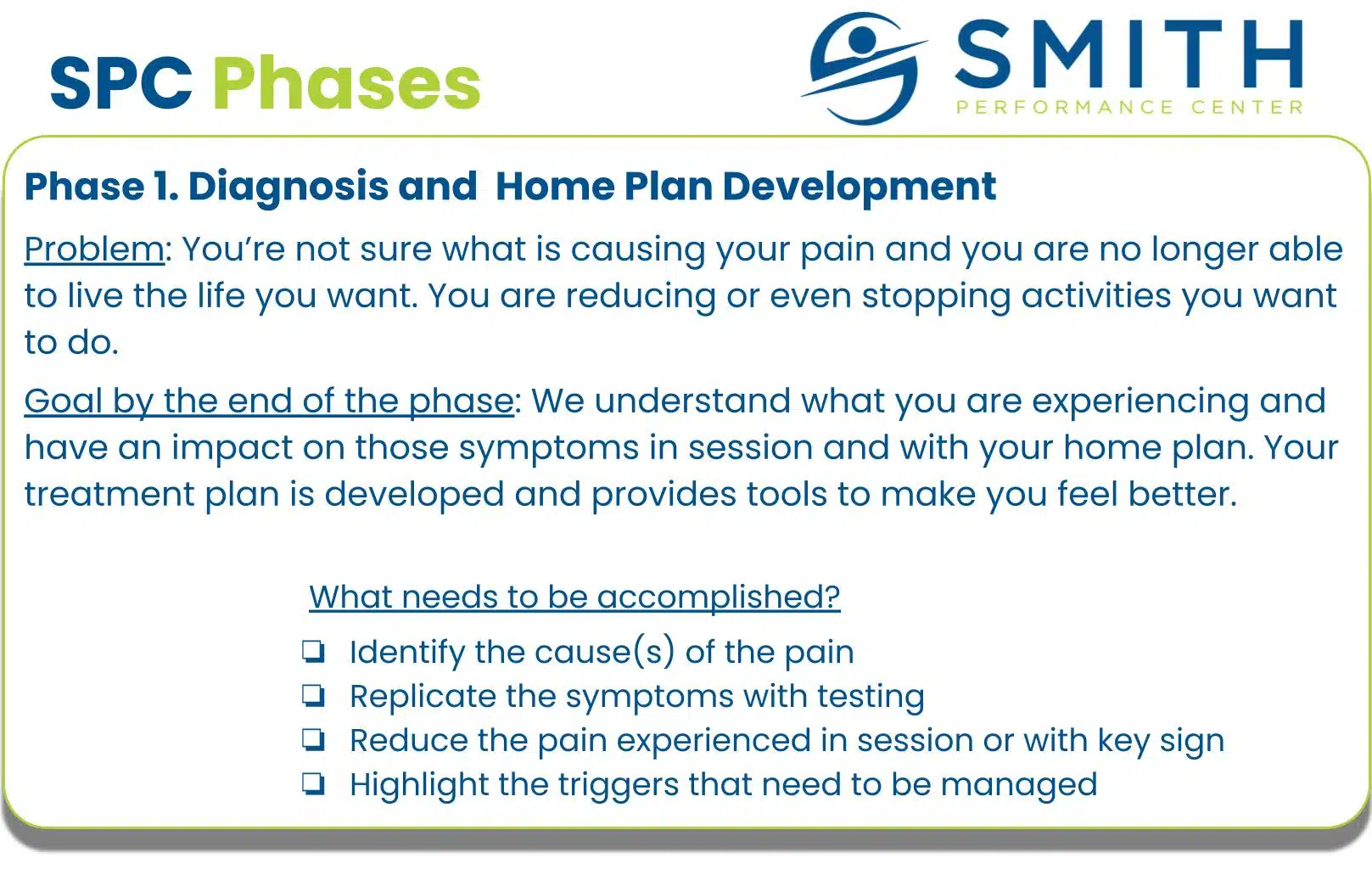
The 5 Big Problems Facing Clients with Pain and Injury Who Want to Get Back to an Active Lifestyle
There are numerous problems facing people in living an active, healthy life, but it can be difficult to articulate the problem that needs to be solved. Let’s look at two people dealing with low back pain. One person bent over this morning to grab a pencil and now cannot stand up straight. The second person developed back pain years ago and stopped doing certain movements because of discomfort. The pain is still present daily and they use a combination of meds, massage, and chiropractic to keep big flares up away. Their problems are different despite both dealing with low back pain. The solutions are very different. The person who just hurt their back needs a diagnosis and a home plan targeting healing strategies and triggers.

The Injury Types That Are Mismanaged During Activity Progression
The rehab standard is simple; the limit to your exercise is not how hard you can work out, but rather working as hard as possible without going past your tissue capacity. Our team sees violation of the rehab standard as the most frequent cause of failure during activity progression. A client will feel great and start to progress their workouts. There is no symptoms during the exercise and often no symptoms the same day, but the next day they feel horrible. We know that in activity progression, you need to understand the type of tissue that is healing, the specific exercise, and volume. We also need to consider the type of injury: chronic, recurrent, and acute. Chronic Injury For chronic, we mean is has been
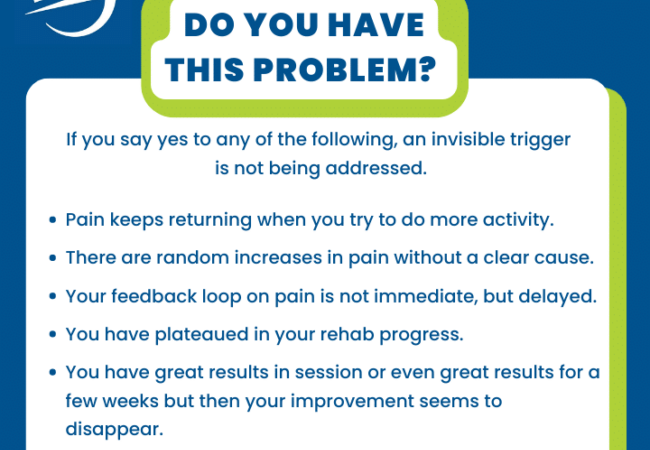
7 Tools to overcome invisible triggers stalling your rehab progress
An invisible trigger is a problem that can stop you from fully healing. An invisible trigger is an action or activity that does not seem to be causing your injury to worsen but is actually causing your injury to remain and not heal properly. During the course of treatment, our team comes across this problem frequently when a patient will seem to stop progressing in their rehab plan. This problem presents most often during the symptom stabilization and the activity progression phases. The physical therapist will see an improvement in symptoms during a session, but then progress is lost when the patient tries to manage the symptoms on their own. During activity progression, there is often an interaction between the activity being progressed and normal
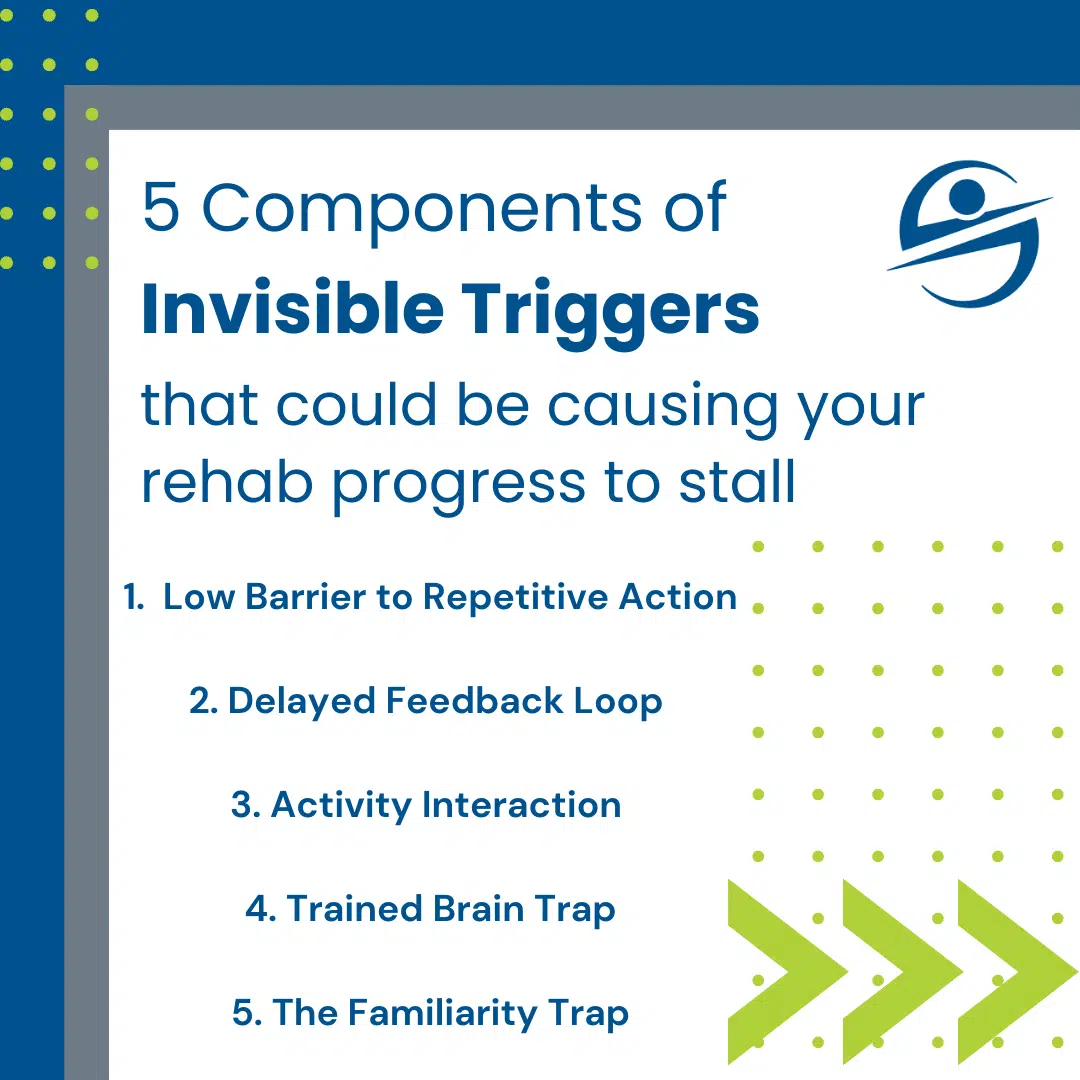
The 5 Components of Invisible Triggers That Cause Your Rehab Progress to Stall
You keep getting close to feeling good but then fall back into an injury because of a common, but often unrecognized issue – invisible triggers. An invisible trigger is an action or activity that does not seem to be causing your injury to worsen but is actually causing your injury to remain and not heal. If you slammed your finger into a door, you would know the door caused your pain. Continuing to slam your finger in the door will cause the finger pain to remain. In contrast, an invisible trigger is not as clear as slamming your finger in a door. Patients have an easier time eliminating obvious triggers. This does not happen with invisible triggers. An example would be low back pain triggered
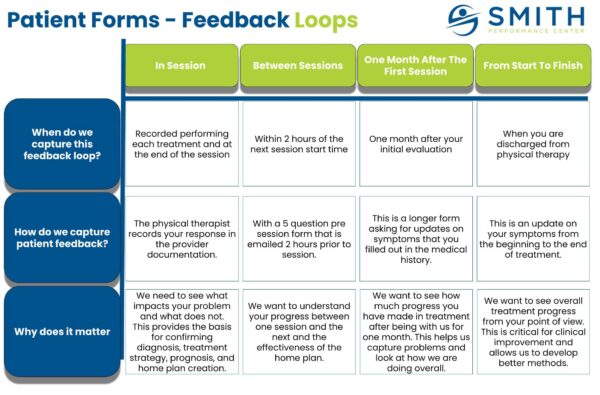
Four Reasons Why Patient Forms Help Improve Your Care During Your Rehab Process
‘Not all relevant outcomes can be assessed with a device, a laboratory test, a physical finding or some other data gathering independent of the patient’s perception and voice.’ -Kroenke, Monahan, and Kean 2016 We want to share with you how filling out patient forms is not only useful to our team but also critical for receiving the best care. In the ranking of where you want to spend your time, completing forms for a medical visit is just above a tooth extraction. The act is mind-numbing. Partially due to the perceived lack of benefit and partially because you know the healthcare provider isn’t using it. They will even ask the same questions that were already answered in the form. Our team would like to change

The 7 Tissues to Consider When Progressing Activity After Physical Therapy
The Rehab Standard is an SPC concept that defines when a client has a higher exercise capacity than tissue capacity. When your tissue capacity is lower than the exercise capacity, the focus of the workout is not how hard you worked out. It is not how much you sweat or how good of a muscle burn you got. The focus is on the healing tissue and that is was not overloaded, irritated, or provoked. A violation of the rehab standard can present as pain after the workout or the next day, even if there was no pain during the workout. The key is to focus on tissue capacity in the exercise selection, intensity, volume and the type of tissue injured. We want to look at

The 5 Big Problems Facing Clients with Pain and Injury Who Want to Get Back to an Active Lifestyle
There are numerous problems facing people in living an active, healthy life, but it can be difficult to articulate the problem that needs to be solved. Let’s look at two people dealing with low back pain. One person bent over this morning to grab a pencil and now cannot stand up straight. The second person developed back pain years ago and stopped doing certain movements because of discomfort. The pain is still present daily and they use a combination of meds, massage, and chiropractic to keep big flares up away. Their problems are different despite both dealing with low back pain. The solutions are very different. The person who just hurt their back needs a diagnosis and a home plan targeting healing strategies and triggers.

The Injury Types That Are Mismanaged During Activity Progression
The rehab standard is simple; the limit to your exercise is not how hard you can work out, but rather working as hard as possible without going past your tissue capacity. Our team sees violation of the rehab standard as the most frequent cause of failure during activity progression. A client will feel great and start to progress their workouts. There is no symptoms during the exercise and often no symptoms the same day, but the next day they feel horrible. We know that in activity progression, you need to understand the type of tissue that is healing, the specific exercise, and volume. We also need to consider the type of injury: chronic, recurrent, and acute. Chronic Injury For chronic, we mean is has been

7 Tools to overcome invisible triggers stalling your rehab progress
An invisible trigger is a problem that can stop you from fully healing. An invisible trigger is an action or activity that does not seem to be causing your injury to worsen but is actually causing your injury to remain and not heal properly. During the course of treatment, our team comes across this problem frequently when a patient will seem to stop progressing in their rehab plan. This problem presents most often during the symptom stabilization and the activity progression phases. The physical therapist will see an improvement in symptoms during a session, but then progress is lost when the patient tries to manage the symptoms on their own. During activity progression, there is often an interaction between the activity being progressed and normal

The 5 Components of Invisible Triggers That Cause Your Rehab Progress to Stall
You keep getting close to feeling good but then fall back into an injury because of a common, but often unrecognized issue – invisible triggers. An invisible trigger is an action or activity that does not seem to be causing your injury to worsen but is actually causing your injury to remain and not heal. If you slammed your finger into a door, you would know the door caused your pain. Continuing to slam your finger in the door will cause the finger pain to remain. In contrast, an invisible trigger is not as clear as slamming your finger in a door. Patients have an easier time eliminating obvious triggers. This does not happen with invisible triggers. An example would be low back pain triggered

Four Reasons Why Patient Forms Help Improve Your Care During Your Rehab Process
‘Not all relevant outcomes can be assessed with a device, a laboratory test, a physical finding or some other data gathering independent of the patient’s perception and voice.’ -Kroenke, Monahan, and Kean 2016 We want to share with you how filling out patient forms is not only useful to our team but also critical for receiving the best care. In the ranking of where you want to spend your time, completing forms for a medical visit is just above a tooth extraction. The act is mind-numbing. Partially due to the perceived lack of benefit and partially because you know the healthcare provider isn’t using it. They will even ask the same questions that were already answered in the form. Our team would like to change




